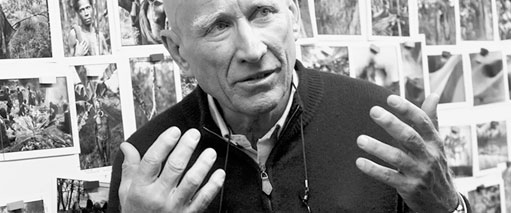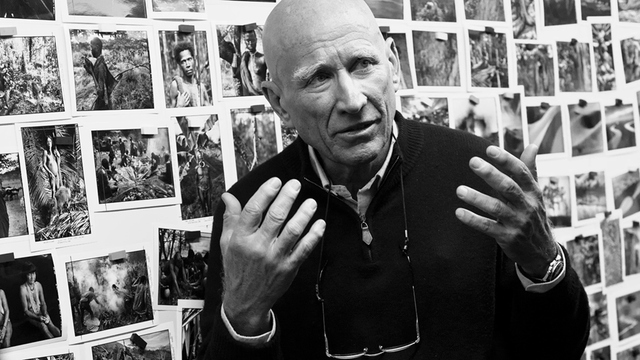Film Review: The Salt Of The Earth
Breathtaking Photography Forms Backbone Of Life-Changing Biopic


Salgado
Latest Article|September 3, 2020|Free
::Making Grown Men Cry Since 1992


Salgado